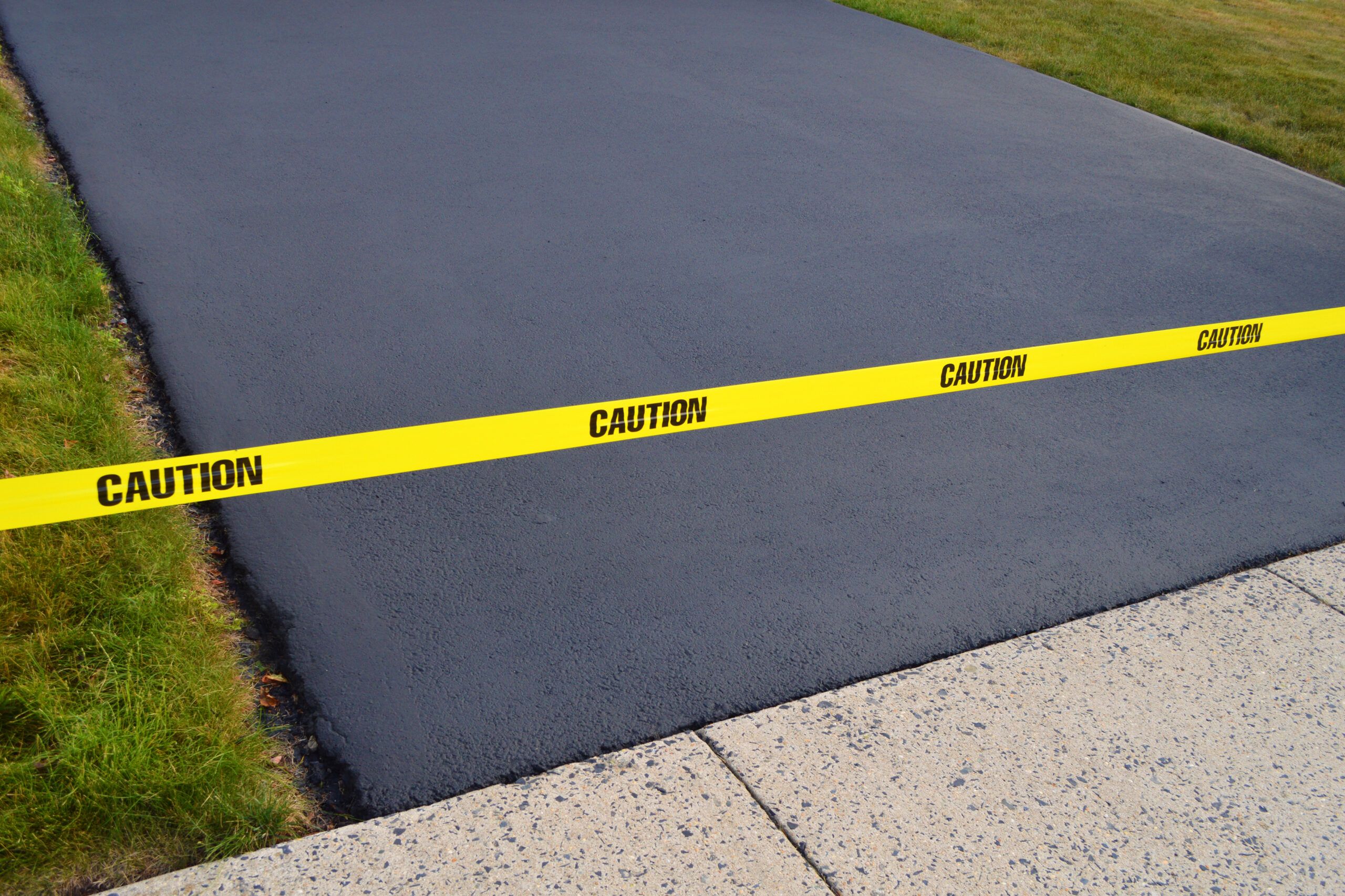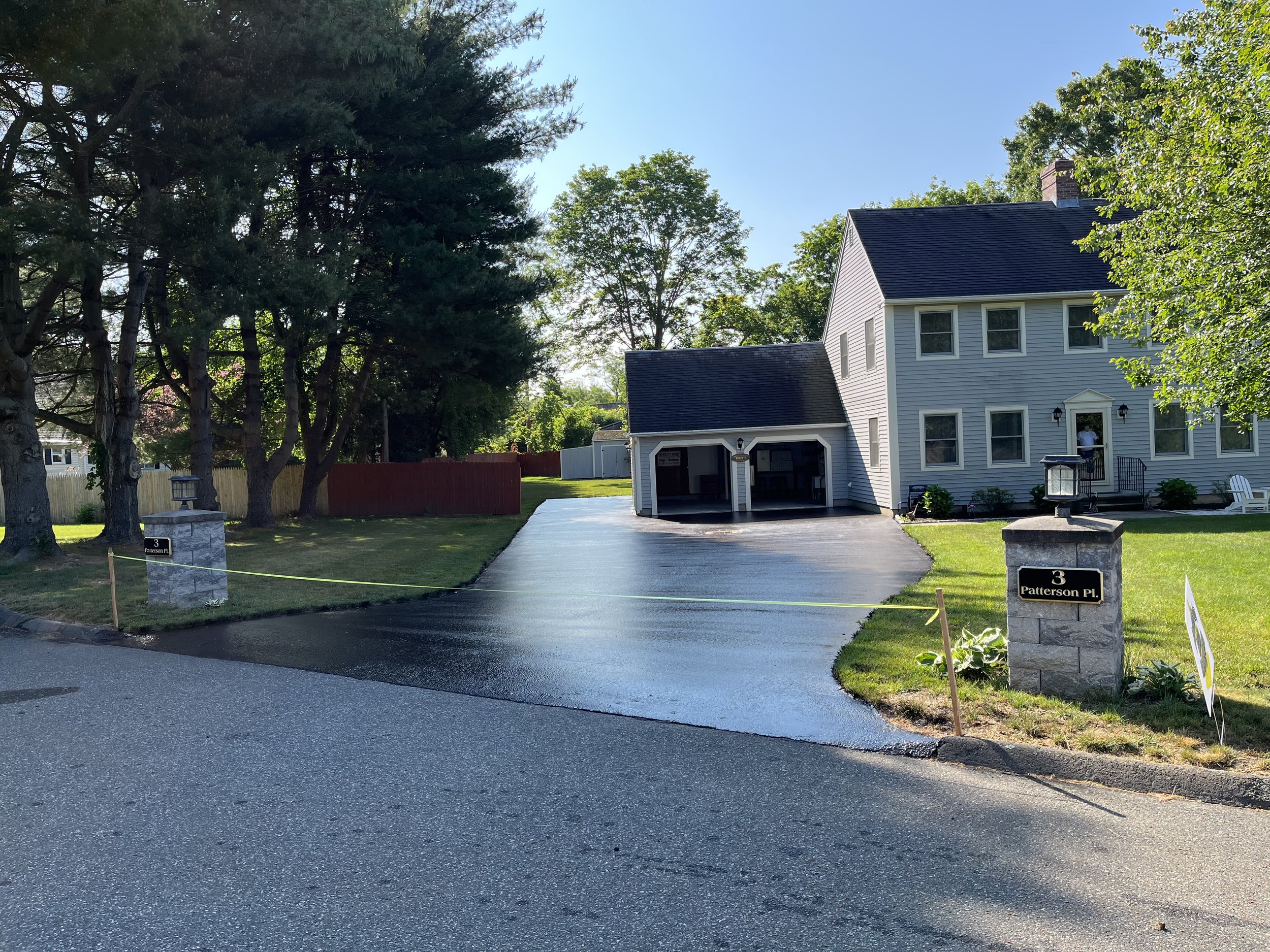Hot Mix Asphalt: A Sustainable Solution for Pavement
Hot Mix Asphalt (HMA) has emerged as a leading lasting choice for pavement solutions, providing a myriad of innovative technologies and environmental advantages. As the demand for environmentally friendly construction methods grows, exploring the nuances of HMA's sustainability can supply important insights into the future of pavement services.
Ecological Benefits of Hot Mix Asphalt

Moreover, Warm Mix Asphalt assists to minimize urban warm island results. Its dark color takes in sunshine, minimizing the amount of warmth showed back into the ambience compared to lighter-colored sidewalks. This can decrease ambient temperatures in city locations, reducing the demand for air conditioning and eventually minimizing energy consumption.
In addition, Warm Mix Asphalt contributes to enhanced stormwater management. Its porous nature enables water to recharge and penetrate the pavement groundwater supplies, minimizing drainage and the risk of flooding. These ecological advantages make Warm Mix Asphalt a sustainable selection for leading roads and freeways.
Power Performance in HMA Production
Is power efficiency a critical factor in the manufacturing of Warm Mix Asphalt (HMA)? Definitely. Power plays a substantial duty in the manufacturing of HMA, impacting both price and ecological sustainability. One vital element of energy efficiency in HMA manufacturing is the use of cozy mix asphalt (WMA) modern technologies (hot mix asphalt). WMA permits the mixing and positioning of asphalt at reduced temperatures contrasted to standard warm mix asphalt, leading to minimized energy usage throughout production. This process not just lowers gas usage however likewise lowers greenhouse gas exhausts, making it a much more eco pleasant choice.
Additionally, developments in plant technologies have led to even more energy-efficient HMA manufacturing procedures. By enhancing energy use in HMA manufacturing, the industry can decrease its carbon footprint while maintaining top quality sidewalk materials.
Recyclability of Warm Mix Asphalt
The recyclability of Hot Mix Asphalt (HMA) is a pivotal element of its sustainability and long-lasting ecological influence. HMA is one of the most recycled materials in the United States, with over 100 million loads of recovered asphalt pavement (RAP) being reused every year in brand-new pavement building. Reusing HMA provides a number of ecological advantages, such as decreasing the demand for virgin products, decreasing power consumption during production, and lowering the quantity of waste sent out to land fills.
The procedure of reusing HMA includes milling the existing sidewalk, crushing it right into smaller sized items, and mixing it with new aggregate and asphalt binder to produce a recycled mix. Overall, the recyclability of HMA plays a significant role in advertising lasting techniques within the pavement industry.

Long-Term Performance of HMA
Asphalt sidewalks show durability and strength over an extended duration, showing the long-lasting efficiency of Warm Mix Asphalt (HMA) Furthermore, improvements in HMA innovation, such as the usage of polymer-modified binders and warm mix asphalt, have actually even more enhanced the toughness additional info and durability of HMA pavements. By prioritizing quality building and construction and upkeep methods, HMA continues to verify itself as a cost-efficient and sustainable option for resilient pavement framework.

HMA: Durability and Sustainability
Showing both toughness and sustainability, Hot Mix Asphalt (HMA) has ended up being a foundation in the building and construction of long-lasting pavement frameworks - commercial parking lot paving. HMA's toughness stems from its ability to hold up against hefty lots, extreme climate condition, and high traffic quantities, making it a trusted selection for roads, freeways, and airport terminal runways. The structure of HMA, which usually consists of aggregates, binder, and filler, plays a vital function in enhancing its durability and resistance to tear and put on
Moreover, HMA's sustainability lies in its recyclability and energy-efficient production procedure. The ability hop over to here to reuse redeemed asphalt sidewalk (RAP) in new HMA combinations decreases the need for virgin materials and lessens the environmental impact of sidewalk construction and maintenance. Additionally, the power effectiveness of generating HMA depends on its reduced blending temperatures contrasted to various other sidewalk products, causing lowered energy intake and greenhouse gas exhausts.
Conclusion
To conclude, warm mix asphalt (HMA) offers a lasting service for pavement with its eco friendly features. HMA's recyclability, energy efficiency in manufacturing, and long-lasting sturdiness make it an environmentally friendly choice for road building. By conserving natural resources, lowering waste, and lowering greenhouse gas discharges, HMA plays an important duty in promoting sustainability in facilities development. Its capability to minimize metropolitan heat island results better highlights its significance in producing environmentally mindful and resilient pavement systems.
HMA is one of the most recycled materials in the United States, with over 100 million tons of recovered asphalt pavement (RAP) being recycled each year in new sidewalk building.The procedure of reusing HMA includes milling the existing sidewalk, crushing it right into smaller sized items, and blending it with new aggregate and asphalt binder to create a recycled mix.Asphalt sidewalks demonstrate toughness and strength over an extensive duration, mirroring the long-lasting efficiency of Warm Mix Asphalt (HMA) Additionally, developments in HMA modern technology, such as the useful source use of polymer-modified binders and cozy mix asphalt, have actually further improved the sturdiness and durability of HMA sidewalks. The capability to reuse recovered asphalt pavement (RAP) in new HMA mixes decreases the demand for virgin materials and decreases the ecological impact of pavement construction and upkeep.